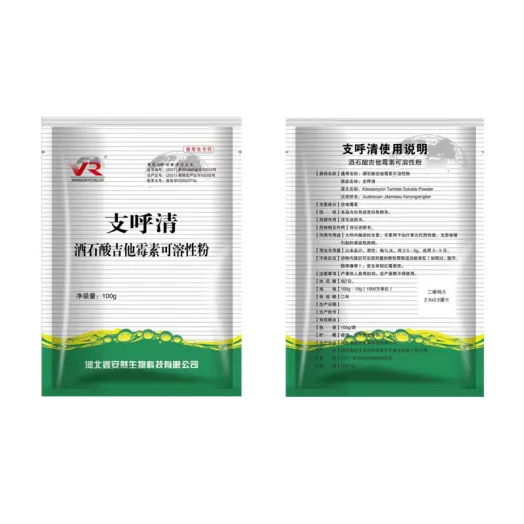- Afrikaans
- Albanian
- Amharic
- Arabic
- Armenian
- Azerbaijani
- Basque
- Belarusian
- Bengali
- Bosnian
- Bulgarian
- Catalan
- Cebuano
- Corsican
- Croatian
- Czech
- Danish
- Dutch
- English
- Esperanto
- Estonian
- Finnish
- French
- Frisian
- Galician
- Georgian
- German
- Greek
- Gujarati
- Haitian Creole
- hausa
- hawaiian
- Hebrew
- Hindi
- Miao
- Hungarian
- Icelandic
- igbo
- Indonesian
- irish
- Italian
- Japanese
- Javanese
- Kannada
- kazakh
- Khmer
- Rwandese
- Korean
- Kurdish
- Kyrgyz
- Lao
- Latin
- Latvian
- Lithuanian
- Luxembourgish
- Macedonian
- Malgashi
- Malay
- Malayalam
- Maltese
- Maori
- Marathi
- Mongolian
- Myanmar
- Nepali
- Norwegian
- Norwegian
- Occitan
- Pashto
- Persian
- Polish
- Portuguese
- Punjabi
- Romanian
- Russian
- Samoan
- Scottish Gaelic
- Serbian
- Sesotho
- Shona
- Sindhi
- Sinhala
- Slovak
- Slovenian
- Somali
- Spanish
- Sundanese
- Swahili
- Swedish
- Tagalog
- Tajik
- Tamil
- Tatar
- Telugu
- Thai
- Turkish
- Turkmen
- Ukrainian
- Urdu
- Uighur
- Uzbek
- Vietnamese
- Welsh
- Bantu
- Yiddish
- Yoruba
- Zulu
ഡിസം . 06, 2024 10:54 Back to list
Effective Disinfectants for Animal Cages to Ensure a Safe Environment
The Importance of Animal Cage Disinfectants in Veterinary Care
In veterinary care facilities, the health and well-being of animals are paramount. One critical aspect of maintaining a healthy environment is the effective disinfection of animal cages. Animal cage disinfectants play a vital role in preventing the spread of diseases, ensuring the safety of both the animals being treated and the personnel caring for them.
Understanding the Need for Disinfection
Animals housed in cages, whether in veterinary clinics, shelters, or breeding facilities, are often in close quarters. This proximity can facilitate the rapid transmission of infectious agents, including bacteria, viruses, and fungi. Common illnesses, such as kennel cough in dogs or feline panleukopenia in cats, can spread swiftly if cages are not regularly disinfected. Therefore, implementing a robust disinfection protocol is crucial for any facility that cares for animals.
Types of Animal Cage Disinfectants
There are various types of disinfectants available in the market, each designed to tackle specific pathogens and conditions. Some common categories include
1. Quaternary Ammonium Compounds (Quats) These are popular for their effectiveness against a wide variety of bacteria and viruses. They are often used on non-porous surfaces, such as metal and plastic cages.
2. Phenolic Compounds Known for their strong disinfecting properties, phenolics can kill a broad spectrum of pathogens. However, they can be toxic to some animals, so caution is needed when using them.
3. Hypochlorite Solutions Commonly known as bleach, hypochlorite solutions are potent disinfectants. They can effectively eliminate many pathogens but require thorough rinsing afterward to remove any harmful residues, which can irritate the skin and respiratory tract of animals.
4. Hydrogen Peroxide This is a versatile disinfectant that is effective against bacteria, viruses, and fungi. It breaks down into water and oxygen, making it a more environmentally friendly option compared to some other chemicals.
animal cage disinfectant

5. Advanced Disinfectant Solutions Newer products on the market use advanced technologies, such as ozone and UV light, to disinfect cages without the use of harsh chemicals. These can be highly effective and safer for animals and humans alike.
Best Practices for Disinfecting Animal Cages
Effective disinfection involves more than just choosing the right product; it requires a systematic approach
1. Pre-Cleaning Remove all organic matter, such as bedding and food residues, from the cages. This step is crucial as disinfectants work more effectively on clean surfaces.
2. Application of Disinfectant Follow the manufacturer's instructions regarding dilution, contact time, and application methods. Ensure that the cages are fully coated with the disinfectant to achieve optimal results.
3. Thorough Rinsing After the contact time specified by the manufacturer, rinse the cage thoroughly, especially if using products like bleach that can leave harmful residues.
4. Drying Allow the cages to dry completely before reintroducing animals. A dry environment is less conducive to bacterial growth.
5. Regular Schedule Establish a routine disinfection schedule to ensure cages are cleaned frequently. This is particularly important for high-traffic areas where animals come in and out regularly.
Conclusion
Animal cage disinfectants are an essential component of veterinary care and animal husbandry. By understanding their importance and using them correctly, facilities can significantly reduce the risk of disease transmission, ensuring a healthier environment for both animals and caregivers. With the right practices in place and ongoing education about the safest and most effective products, veterinary facilities can protect the animals entrusted to their care, ultimately enhancing their health and quality of life.
-
Guide to Oxytetracycline Injection
NewsMar.27,2025
-
Guide to Colistin Sulphate
NewsMar.27,2025
-
Gentamicin Sulfate: Uses, Price, And Key Information
NewsMar.27,2025
-
Enrofloxacin Injection: Uses, Price, And Supplier Information
NewsMar.27,2025
-
Dexamethasone Sodium Phosphate Injection: Uses, Price, And Key Information
NewsMar.27,2025
-
Albendazole Tablet: Uses, Dosage, Cost, And Key Information
NewsMar.27,2025













